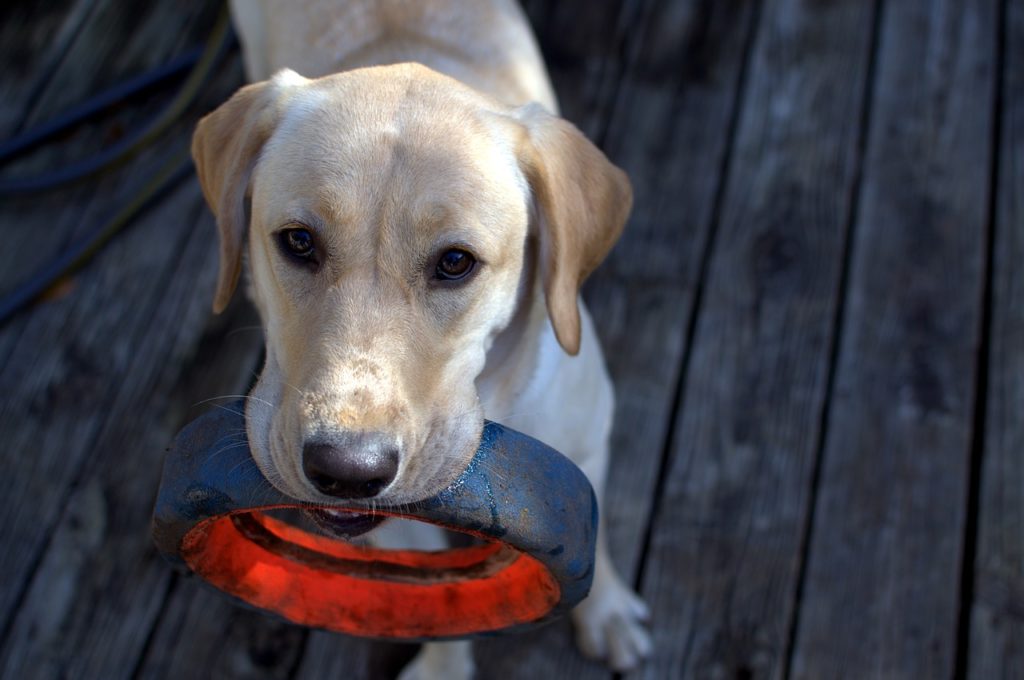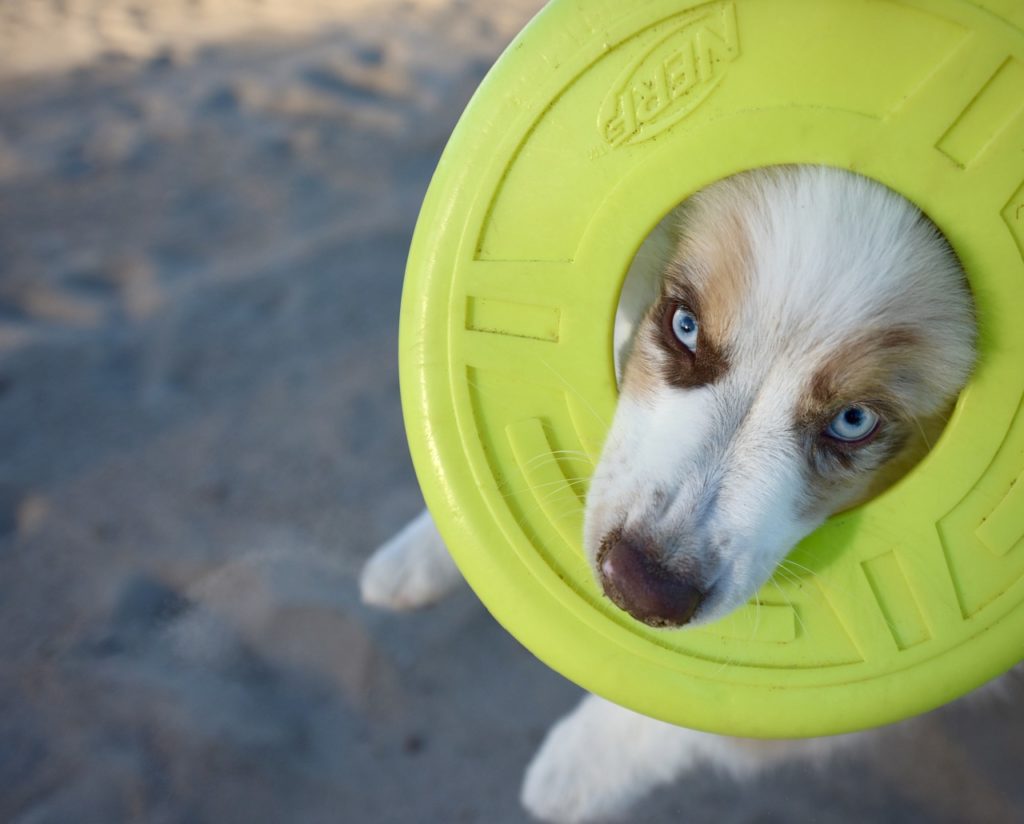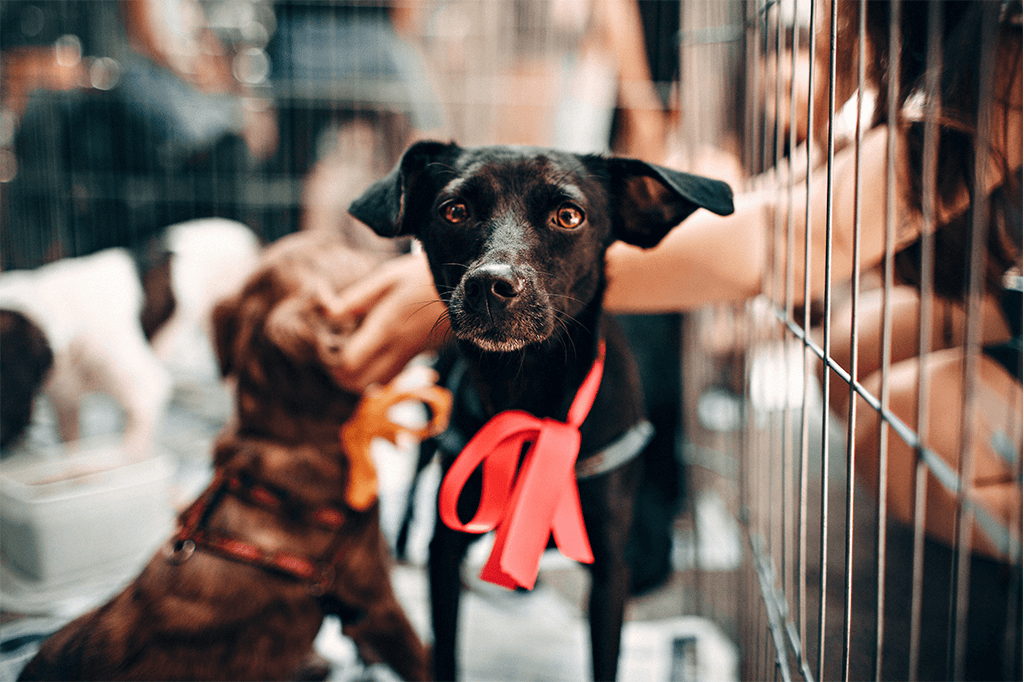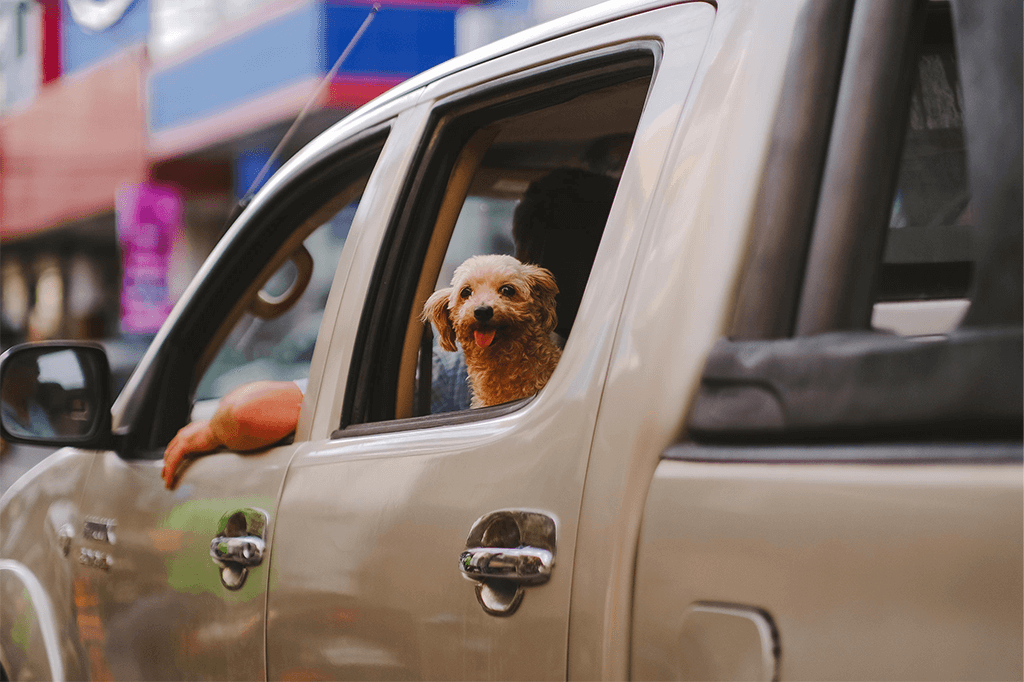How To Teach Your Dog To Come
Taking your pet out for a walk or a visit to the dog park without the leash is a wonderful way to spend time together. Your dog has a chance to roam. You can even play challenging games, like Frisbee. However, there are also times when your best friend manages to slip away from you and get into trouble off-leash. A little obedience training can go far in protecting your pet.
Why Should You Teach the Come Command?
There are so many dangers of being off-leash in the human world. Dogs could accidentally run into traffic and get hit by a car. They could get picked up by another person, who may not have their best interests at heart. Your pet could even get lost and hurt out there…Where you can’t help.
The come command is a great way to encourage your dog to return when he or she gets away from you. It’s even useful in non-hazardous, but still immediate situations. For instance, you may be looking for your dog in the house and just want to know he or she is okay. Or you could be ready to go on an outing with your pet and want to the dog to come to the front door in a calm manner.
Of course, before you can do any of that you have to start the process of training your dog to come when called.
Training Your Dog To Come
You’ll find many different obedience training techniques for this command. But, the most effective ones use positive reinforcement. The key is to get your dog to associate returning to you with good things.
Here’s how to get started.
- Purchase a long training leash to use for your practice sessions. Some leashes can be up to 20 feet long, or more. This allows you to teach your dog the command at a distance without actually taking the leash off.
- Select a high-value treat to give when your dog successfully responds to the obedience training. This could be something that your dog really likes, such as cheese, chicken, beef, or even package treats. Dice the treat into small pieces. You’ll be practicing the command over and over again and don’t want to give a big treat every single time your pet responds.
- Start with the dog just a few feet away from you. Put the leash on and take up the slack so that the dog can wander a little bit, but not far.
- Wait until your pet gets distracted by something and wanders away. Call out your dog’s name. Keep calling until your pet turns and looks at you. Say, “good,” or “yes,” and give your pet a small treat as a reward. Repeat this a few times.
- Increase the distance your dog can roam by letting some slack out on the training leash. Allow your dog to get distracted again, and call out his name with the word “come”. When your dog responds and comes over to you, reward with a treat.
- Keep this up, while gradually increasing the distance, until your pet has a good understanding of the command. Eventually, you may want to practice with your dog off the leash in a safe, pet-friendly area.
A Cautionary Note
No dog is too old to learn this trick. As long as you have a strong enough reward available for your pet, even older dogs can learn to come when called. Although, it’s best to reserve this command for emergencies or hazardous situations. You don’t want your dog to associate it with anything negative, such as going to the vet or getting a bath right afterward.
It’s also important to remember that this command won’t work all the time, even after you know your dog has the command down. Your dog is a living, breathing, thinking creature with his or her own desires. So, there may always be something so exciting and distracting that your dog won’t come back when called.
With regular practice of the command and continued positive reinforcement, the chances of that happening are greatly reduced. So, it still serves as a great item to have in your pet owner’s toolbox.
Ways To Maintain the Obedience Training
This is not a command that you can teach to your pet once and forget about until you need it. To make sure the come command is strong, you’ll need to test it with your dog at random times. One way to keep your dog interested is by turning it into a game, which only furthers the positive association with this command. Here are a few variations to try out.
Hide and Seek
Have a friend or family member distract your dog while you go hide somewhere in the house. To start, it could just be the next room, but feel free to get creative later on. Once your pupper is good and distracted you can call out his or her name with the come command. Be sure to reward your pet when they do find you with treats, playtime, or plenty of affection.
Distraction Busters
It’s also a good idea to build up your dog’s tolerance to distractions. Make up a list of things that distract your dog when outside and set up a targeted practice session. For instance, if your dog is always going after the mailman, have a friend pretend to be the mailman putting some letters in the mailbox or through the door slot.
Then, start calling your dog with the come command to get them to come back to you. Practicing with distractions can be time-consuming. So, you’ll want to go slowly and start with the least distracting things or people before building up to the biggest distractions.
Ping-Pong Game
If you are trying to train a puppy, this is a fun game to help them learn to come to you when their name is called. You’ll also need a friend for this one.
Start by holding your pet back while your friend calls the dog by name in a positive and energetic way. Your friend may even offer a little treat or have a toy that the puppy likes to entice him or her. When the puppy is completely focused on your friend, let go and, hopefully, he or she will run to your friend for playtime. Afterward, switch roles, with your friend holding the puppy back while you call to him or her by name. The puppy should start to associate your calls with your desire for them to come to you, and will also start to recognize their own name through the repetition of it.
Your dog is a smart and vibrant animal. It deserves a full range of obedience training to better interact with you and the rest of the world. If you’re looking for better ways to interact with your pet, consider teaching your dog how to socialize through the Reinforce-Alpha-Positive-Training (RAPT) method today.





